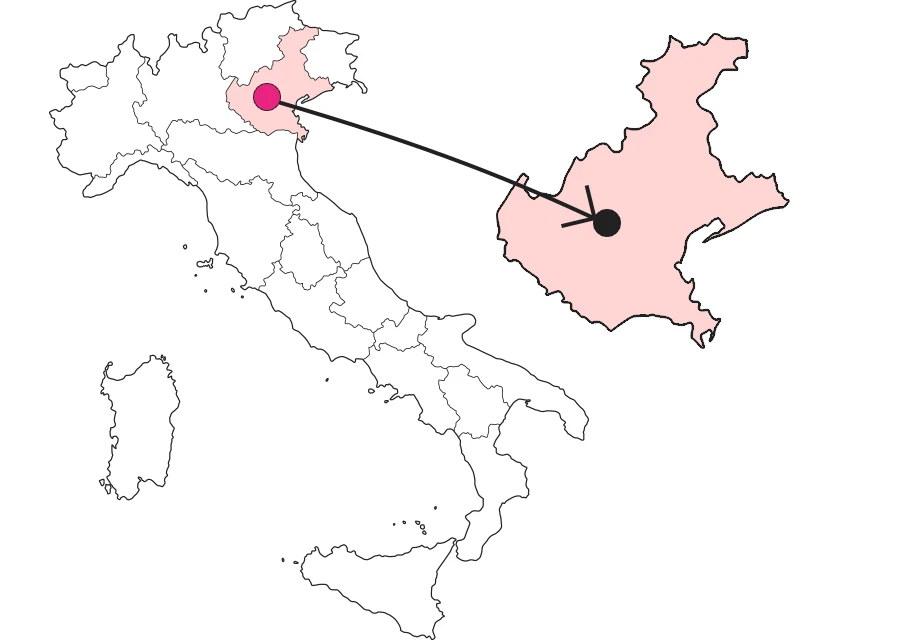SHARRYLAND


Asiago
Rising on a plateau, the scene of the Great War, the town and war memorial of Asiago



Where is

What it is and where it is
"The smallest and brightest city in Italy." This is how Asiago is immortalized in the words of Gabriele D'Annunzio. With an average altitude of 1,000 meters above sea level and just over 6400 inhabitants, this town located north of the province of Vicenza in the Veneto region of Italy is famous for its world-renowned dairy products. Razed to the ground by bombing, today Asiago has aharmonious architecture marked by wide, bright streets and squares, an uncommon trait among mountain municipalities. Silent witness to its strong connection with the Great War is the presence of one of the main World War I charnel houses, kept inside the Military Memorial.
Why it is special
The beauty of this small town lies in its absolute versatility, from every point of view. History here is not an impregnable bulwark, quite the contrary. Here history is more alive than ever and you can touch it. In every corner of the city you can feel the real coexistence of several souls: history and modernity; old local handicrafts and new large commercial enterprises; quaint winter markets and long summer walks; the special constructional features of the buildings and the impressive architecture of the surrounding nature; the sad memory of the war that wiped out the lives of thousands of men yesterday and the peace that you can breathe today, at the top of your lungs, in the clear, clean air...
Not to be missed
The most significant experience is surely to walk down the long tree-lined Avenue of Heroes, which leads you to the foot of one of the most important charnel houses of the First World War. The Military Memorial was built between 1932 and 1936 on Leiten Hill. White, isolated, and steeped in the silence of nearly 60,000 broken voices, it is a key stop on the long Peace Trail, a tourist-hiking route some 520 kilometers long that ideally re-proposes the Italian-Austrian front line of World War I.
A bit of history
Asiago, from 1310, was the capital of the Spectacular Regency of the Seven Municipalities, one of the first autonomous and democratic governments in history. In 1807, under the influence of the Napoleonic Empire, it lost its independent and sovereign status after nearly five centuries. During the conflicts of World War I, bombed by both the Austro-Hungarian and Italian sides, it was completely razed to the ground. It was entirely rebuilt soon after the end of military hostilities and, in 1924, was awarded the title of City and decorated with the Military Cross for Valor.
Trivia
If you are a lover of the stars here you will find the main Italian center of optical astronomy. The University of Padua has two observatories here: the Cima Ekar observatory station at an altitude of 1350 meters and the Pennar observatory, founded in 1942, located at an altitude of 1040 meters.
Enter the Map of Italy's Undiscovered Wonders and find treasures where you least expect it... Inspire, Recommend, Share...
Contact
Collections
The Map thanks:
Enter the Map of Italy's Undiscovered Wonders and find treasures where you least expect it... Inspire, Recommend, Share...
Where is

Contact
Collections

